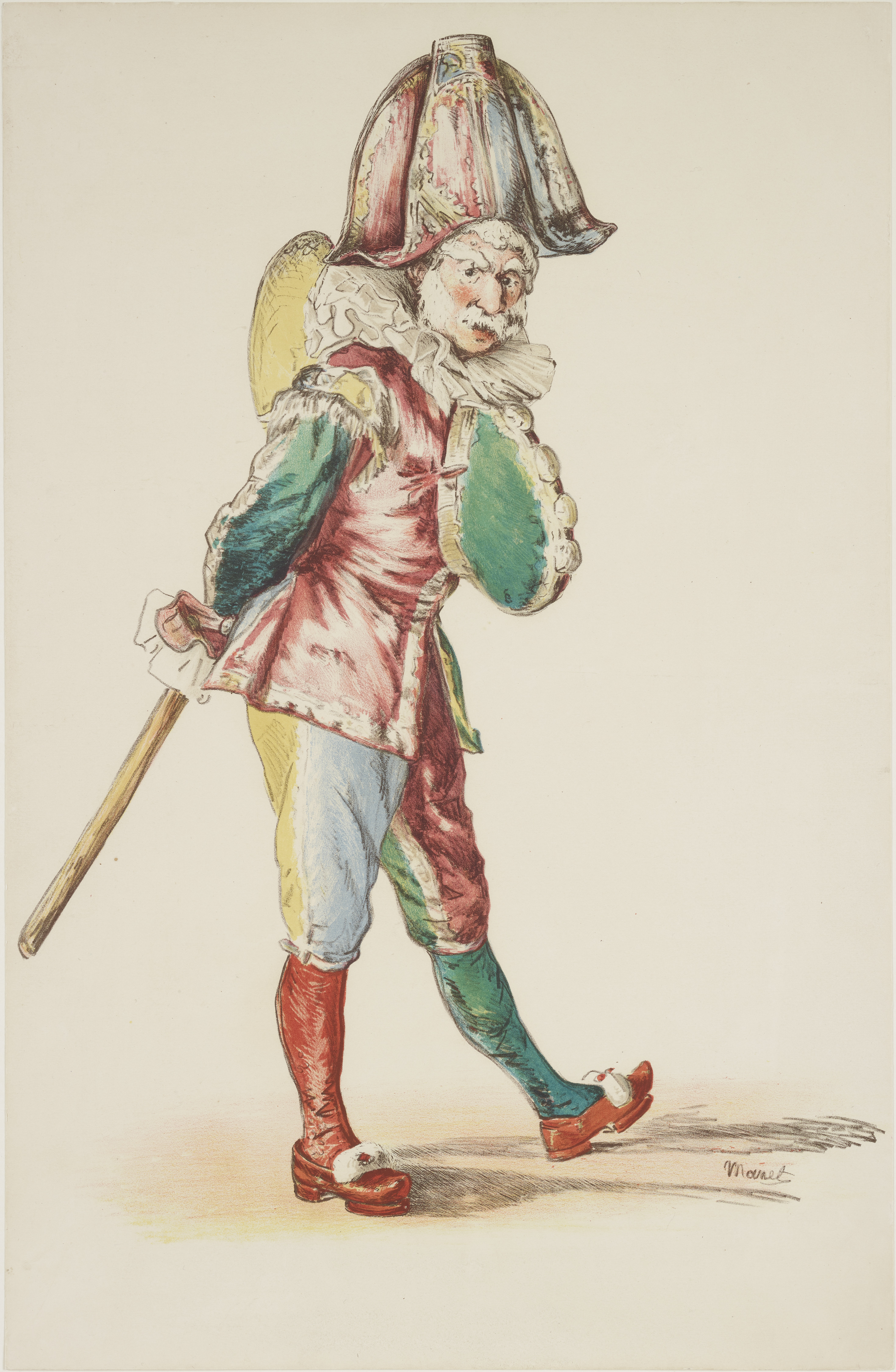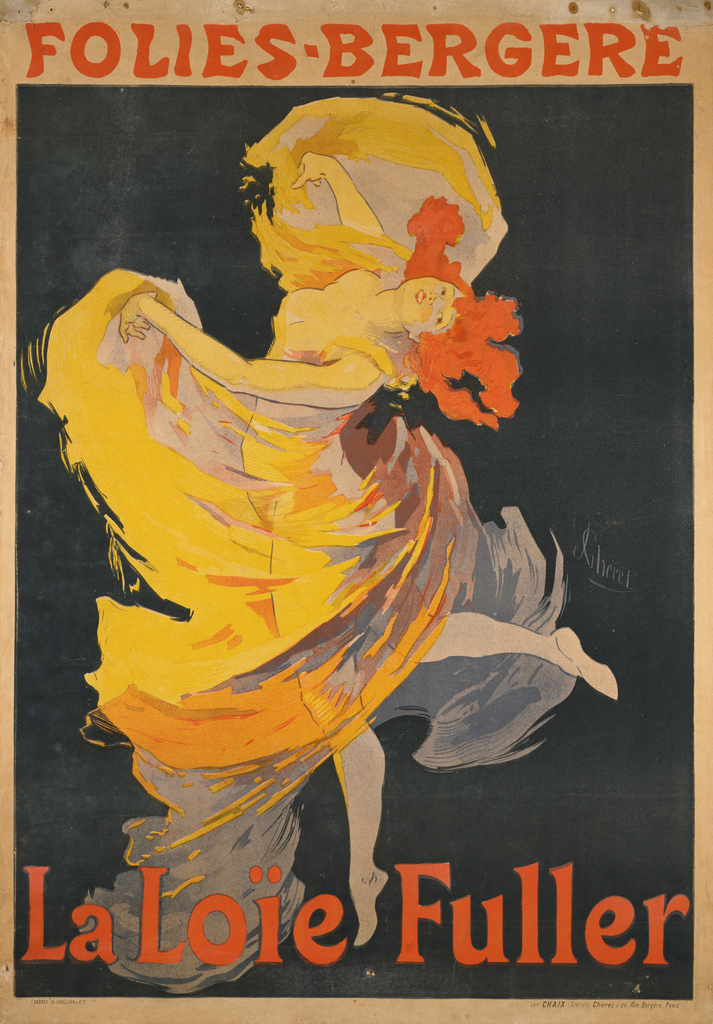Past ExhibitionsExhibition
Examining Western Prints
――Lithography: Images Emerge from Stone

- Dates
- Tuesday, 11 June - Sunday, 1 September 2024
- Hours
- 9:30 am – 5:30 pm
Fridays, Saturdays 9:30 am – 8:00 pm
Admission ends 30 mins. before closing time - Closed
- Mondays and 16 July (Opens 15 July, 12 August and 13 August)
- Venue
- Prints and Drawings Gallery, New Wing
- Admission Fees
-
Adults 500 yen (400 yen), college and university students 250 yen (200 yen)
- * Admission is free for Special Exhibition or Permanent Collection ticket holders.
- * Numbers in parenthesis indicate discount fees for groups of 20 or more.
- * Free for high school students, under 18, seniors (65 and over), "Campus Members". Please show your ID upon entrance.
- * Disabled visitors admitted free of charge, with one attendant. Please present your disability identification upon arrival.
- * Free admission of this exhibition and Permanent Collection on 14 July, 11 August and 1 September 2024 (Kawasaki Free Sunday).
- * August 3rd (Sat.) is “Lively Saturday” at the NMWA. Talking in the galleries is encouraged on this special free admission day.
- Organized by
- The National Museum of Western Art
The museum’s ongoing series “Examining Western Prints” introduces the production methods and characteristic forms of expression of the major techniques of Western printmaking. This exhibition, the third in the series, takes up lithography.
The first part of the word lithography comes from the Greek lithos, meaning “stone.” It reflects the fact that since the invention of the technique by the German playwright Alois Senefelder around 1798, the printing plate has traditionally been made of limestone. Lithography differs fundamentally from woodblock, engraving, or etching. Instead of carving, scraping, or corroding the surface of the plate, the design is drawn directly onto the flat printing plane by means of a chemical process that exploits the phenomenon of the mutual repulsion of water and oil. In 19th-century Europe, the new method was adopted for both commercial print runs and reproductions: sheet music, maps, publications, etc. Furthermore, as lithography permitted freehand drawing, it was taken up by painters and quickly spread as an artistic means of expression, especially in France.
This exhibition will trace the history of lithography and the development of its expressive capabilities in the 19th century by examining about 40 works. They range from early examples, showing how the method spread from its birthplace in Germany to other countries, to the caricatures of Honoré Daumier, who helped to popularize lithography, and the experimental prints of Édouard Manet and Odilon Redon, and finally the multicolor posters that flourished at the end of the century. In a corner of the exhibition a display will be included to introduce the principles of the techniques employed in the lithographic process. We hope you will enjoy the diversity and richness of lithographic expression by following the historical development of this technique and come to appreciate the printing method’s unique properties by examining each of the pieces on view.
Exhibition Checklist (PDF file, about 970KB)
-

Ferdinand Olivier, "Seven Places in Salzburg and Berchtesgaden.
Arranged According to the Seven Days of the Week": Monday: Rosennecker Garten before Salzburg, 1818/23, Lithograph, National
Museum of Western Art, Tokyo -

Honoré Daumier, The Temptation, 1835,
Lithograph, National Museum of Western Art,
Tokyo -

Édouard Manet, Polichinelle, 1874, Color
lithograph on wove paper, National Museum of Western Art, Tokyo -

Odilon Redon, Christ, 1887, Lithograph on Chinese paper, National Museum of Western Art, Tokyo -

Jules Chéret, Poster for Folies-Bergère: Loïe Fuller, 1893, Colour lithograph, National Museum of Western Art, Tokyo -

Pierre Bonnard
"Some Scenes of Parisian Life": Rainy Street at
Evening, 1899, Colour lithograph, National Museum of Western Art, Tokyo
